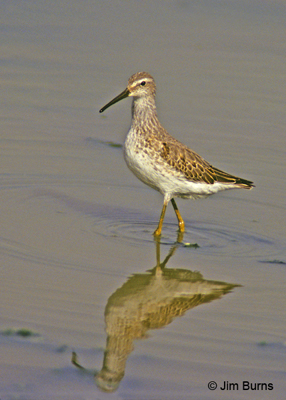
This may not seem noteworthy as neither species is unusual in Vermont, but it is a testament to Pat’s knowledge of Vermont’s seasonal species distribution patterns and to the uncanny instincts of the birds to flip the pages on birders’ calendars, the redpoll leaving and the phoebe arriving within a week of each other, both heading in the same direction, north. Here in Arizona, of course, the shorebird, hummingbird and songbird species flip that page just as, or even before, the monsoon arrives, and we always seem caught a little off guard by these southbound individuals, likely because most of us are not such keen and granular observers of seasonality as my friend Pat.
Three weeks ago on one of the regional posting sites there were two notes that reminded me our Arizona avian calendar had flipped from summer to autumn or, more accurately, from breeding season to migration, seemingly in the blink of an eye. Both observers had seen multiple Western Tanagers in their yards, some of them drab female/juvenile types. Paraphrasing, one said “I had a group in my yard today that must have been heading south, but the monsoon hasn’t even started yet!” The other shared that “a couple were here yesterday, but were they coming or going?” I’d guess going, but a week prior to that, different individuals were undoubtedly just coming.
This summer migration phenomenon, this quick flip of the calendar, is always fascinating because, although it has nothing at all to do with the monsoon, there is of course a whole suite of permanent, non-migratory Arizona birds that typically don’t begin to breed until the monsoon rains do start. For these species, Botteri’s, Rufous-winged, and Five-striped in the sparrow family being good examples, the monsoon has everything to do with the timing of their nesting season as they wait until Arizona’s “second spring” in late July to begin their most important biological activity of the year.
So, here in the desert Southwest we have two phenomena with which Pat doesn’t have to deal in New England--individuals of the same species may be passing in different directions within days of one another, and these comings and goings may be simultaneous with some of our locals just settling in. And then there is this. Before you get too comfortable referring to Arizona’s summer migrants as “ours,” you may want to refer back to a column I wrote two years ago which disputes the whole premise behind migration in North America--http://jimburnsphotos.com/pages/5-10-18.html.
The upshot of this column is that no matter where you live in the country, no matter what your level of involvement in birding, and regardless of your expertise, the variety of all things birding will keep you engaged throughout the calendar year, and for a lifetime, in beauty, mystery, and learning. I was out last month looking for southbound Rufous Hummingbirds in 100 degree temperatures without a cloud in the sky. If you looked at a thermometer or a calendar, it made no sense, but the birds have their own calendar and I knew they had flipped it. This month I’ve been looking for southbound shorebirds and nesting sparrows. Shorebirds in Arizona and sparrows in the most uncomfortable month on our human calendar make no sense either. I love it!
Botteri's Sparrow, August in Arizona |
Stilt Sandpiper juvenile, September in Arizona |

